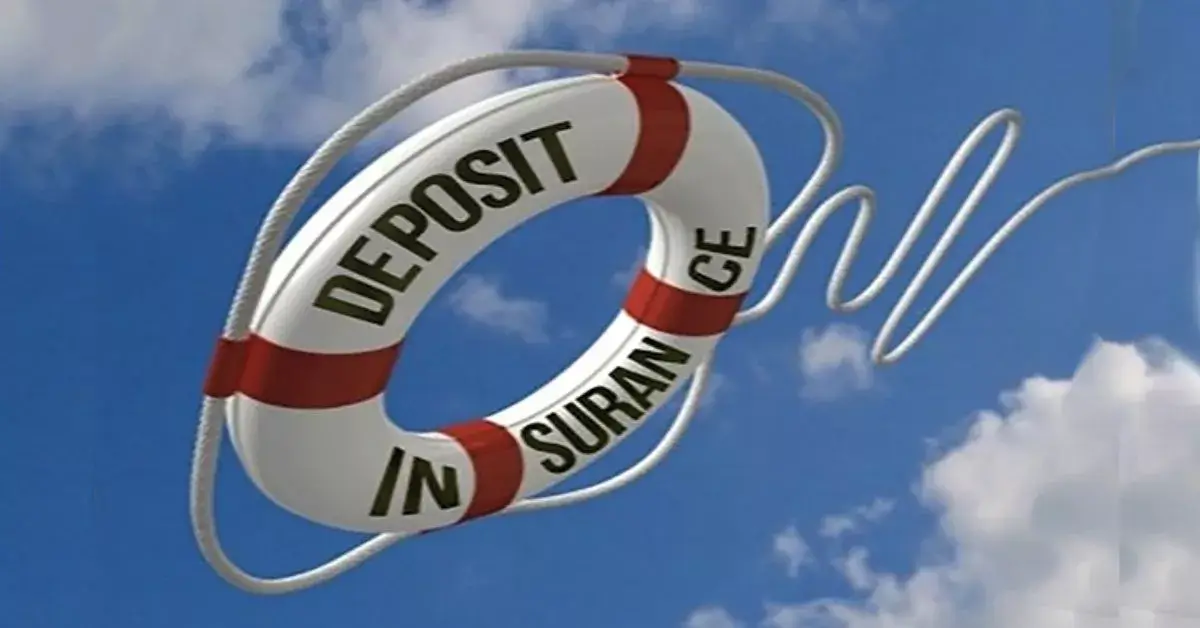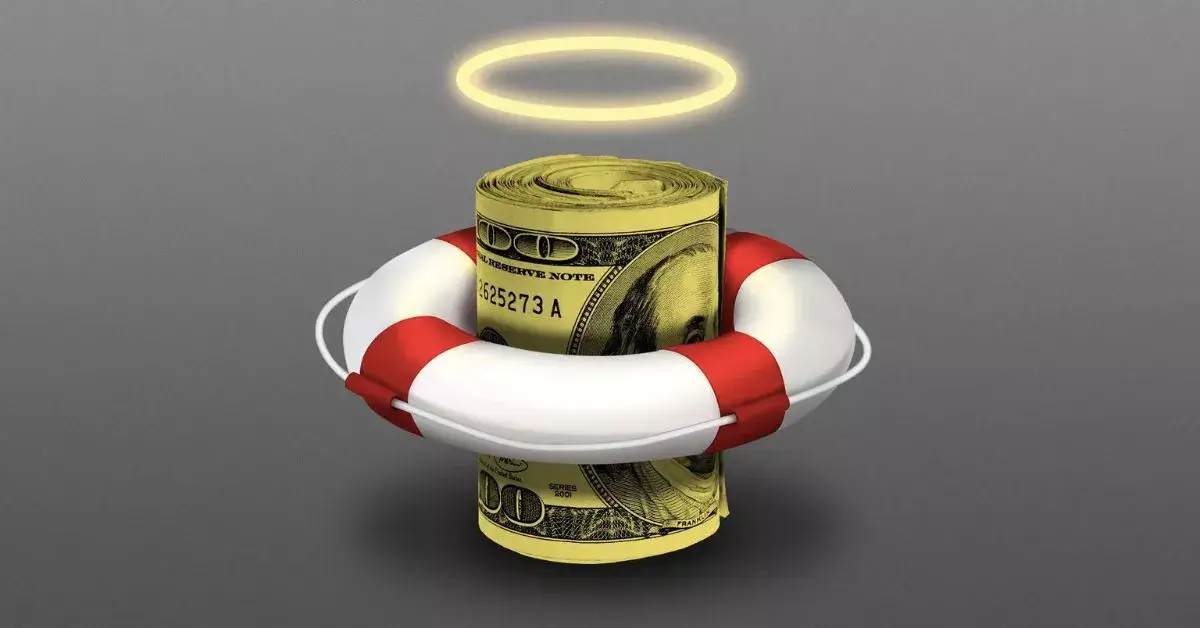In the realm of finance, few topics evoke as much debate as deposit insurance and its perceived moral hazards. A recent report challenges the conventional wisdom, arguing that deposit insurance isn’t the moral hazard many believe it to be. In this post, we dissect the key arguments presented in the report, shedding light on the complexities of this financial safeguard.
Understanding Deposit Insurance
Before delving into the report’s findings, let’s establish a foundational understanding of deposit insurance. Deposit insurance is a financial safety net provided by governments to protect depositors in case a bank fails. In the event of a bank closure, deposit insurance guarantees that a certain portion of the deposits, often up to a specified limit, will be repaid to the depositors. This system aims to instill confidence in the banking sector, assuring individuals and businesses that their funds are secure.

The Myth of Moral Hazard
The concept of moral hazard arises from the idea that individuals or institutions might take greater risks knowing they are protected by insurance. Critics argue that deposit insurance creates moral hazard by encouraging reckless behavior among banks. If a bank believes its deposits are insured, the argument goes, it might engage in riskier lending practices, assuming that the government will bear the burden of any potential failures.
The Report’s Perspective
The recent report challenges this conventional narrative. It posits that while moral hazard theoretically exists, the practical implications are far more nuanced. The report argues that stringent regulations and oversight mitigate the moral hazard effect.
Banks operate in a highly regulated environment, subject to numerous rules and audits. These regulations act as a counterbalance, ensuring that banks maintain prudent lending practices, regardless of the safety net provided by deposit insurance.
Furthermore, the report emphasizes the importance of depositor confidence. Deposit insurance, rather than being a source of moral hazard, is a cornerstone of stability. Knowing their funds are protected, depositors are more likely to keep their money in the banking system, preventing bank runs during periods of economic uncertainty. This confidence, the report contends, is instrumental in maintaining financial stability.
Navigating the Balance
While the debate on moral hazard continues, striking a balance is paramount. Governments and regulatory bodies must carefully calibrate the parameters of deposit insurance. Stricter regulations, transparent oversight, and ongoing evaluation of banking practices are essential components of this calibration process. By ensuring that banks operate prudently within the framework of deposit insurance, the potential for moral hazard can be mitigated.

More post-
- Medicare Supplemental Insurance: Help Pay for the Gaps in Original Medicare.
- Health Insurance for Travelers: Why It’s Important and What to Look For.
Conclusion: A Pragmatic Approach
In the ever-evolving landscape of finance, adaptability and pragmatism are key. Deposit insurance, when designed and regulated effectively, serves as a vital pillar of stability. While the concept of moral hazard looms large, the practical implementation of deposit insurance involves a delicate equilibrium. The report’s insights remind us of the complexity inherent in financial systems and the need for nuanced, data-driven policymaking.
As the debate continues, one thing remains clear: a well-regulated, transparent banking sector, coupled with prudent government policies, can mitigate the risks associated with deposit insurance. By embracing these principles, financial systems can thrive, instilling confidence among depositors while minimizing moral hazard concerns.
